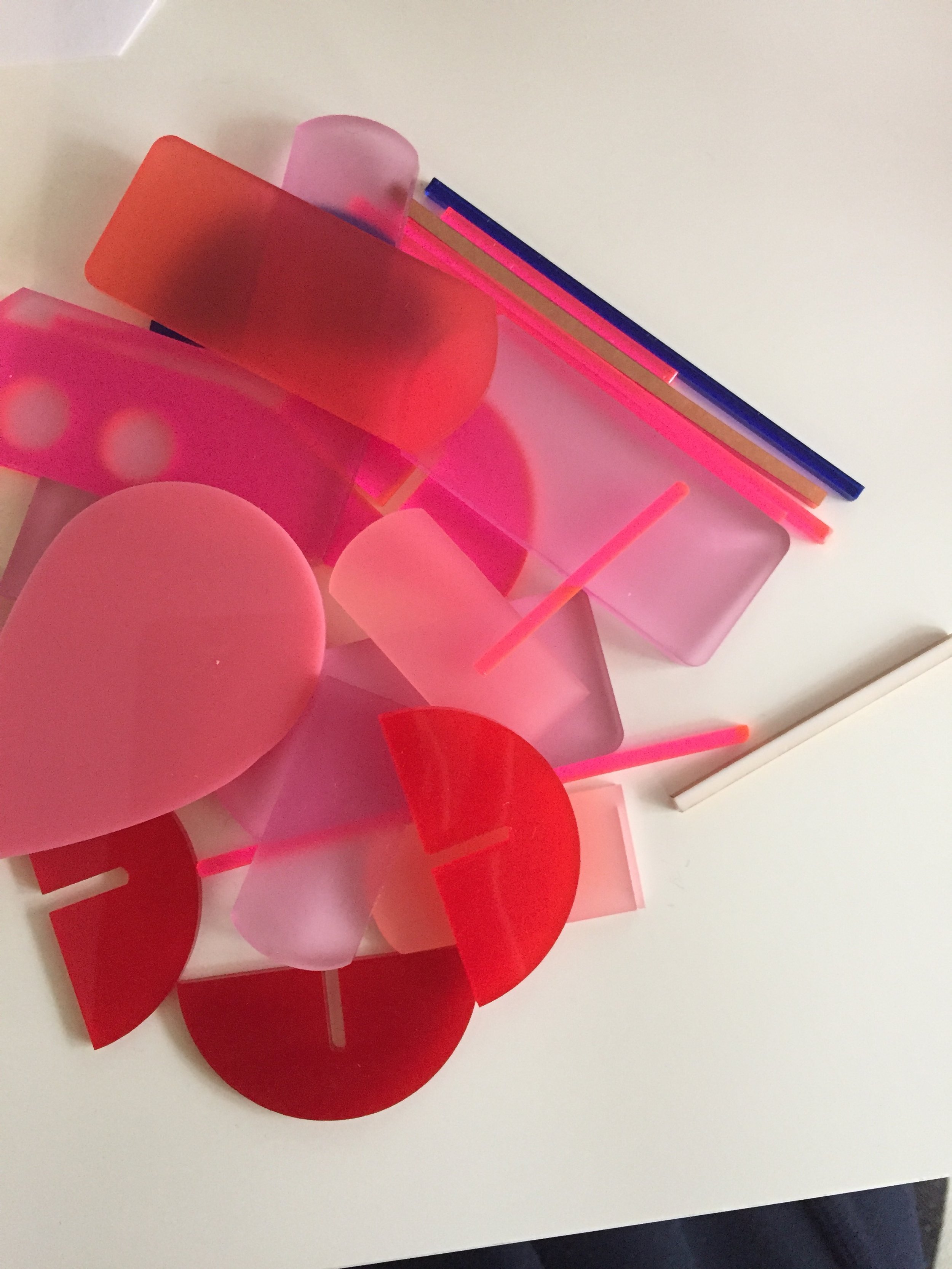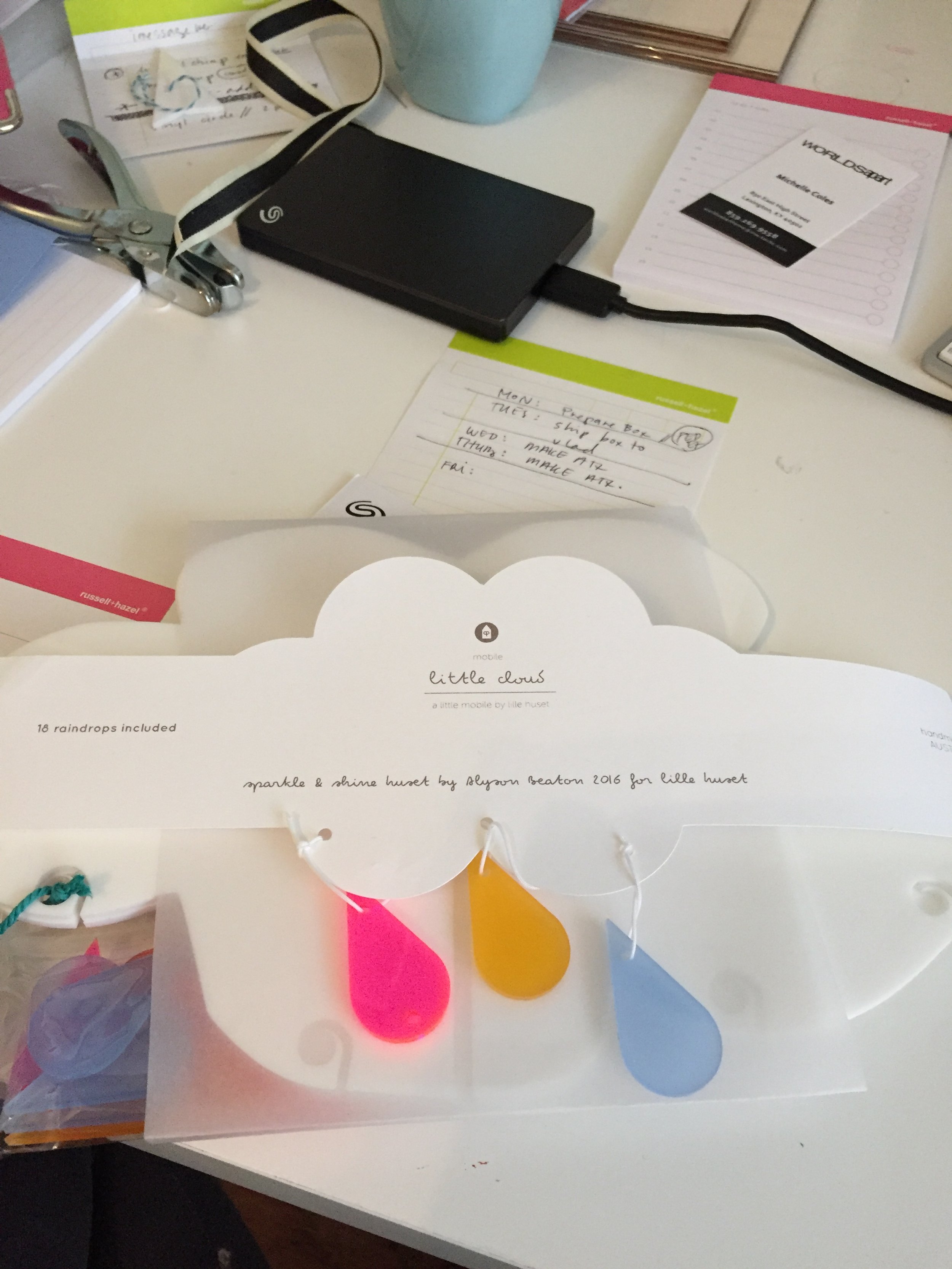Ink, Paper, Fabric, Color + Print
As a designer I am constantly intrigued by the possibilities of color in spaces. In our studio, my process plays with the overlaps of colors and textures to create statements in spaces that compliment that of the world around us. When someone enters a space for the first time, the impression is made. There are visual negotiations happening within the person, visual cues and overall feelings about the experience. In my textile practice, I have gravitated toward flat natural fabrics that lend themselves to screen printing, holding the inks, soft to the hand and are environmentally responsible. As a visual person, I am in constant conversation about how to transform the printed fabrics into products for spaces. The fabrics themselves being as commonplace as a painters canvas but when graphics are applied they come to life in a completely different way.
Le Corbusier Ronchamp Catherdral // photo taken 1995
I began my career fascinated with paper and printing. I worked for an architecture firm in Dallas creating a role for myself that was graphic in nature. I never saw the graphics as the outcome, but rather the juxtaposition of paper and effects, I immediately was drawn to embossing, watching the light work with the paper and rubbing my fingers on the page to feel the words. I created pockets and folders, all with printing techniques that challenged the medium and creating printed pieces that would engage a viewer. I saw my book design as very much a kin to architectural spaces. In architecture school we worked with paper and wood to create light modulating models along with fine pens and inks on the finest papers and boards. After creating the models, we would cast lights onto them watching as the shadows danced through the tiny room. We learned to engage with line of varying widths and styles to communicate things in drawings that would denote how a building was to be built. I fell in love with these lines, watching my fine tipped micron pens create the patterns of the striation of the earth in section focusing on the tiny details.



